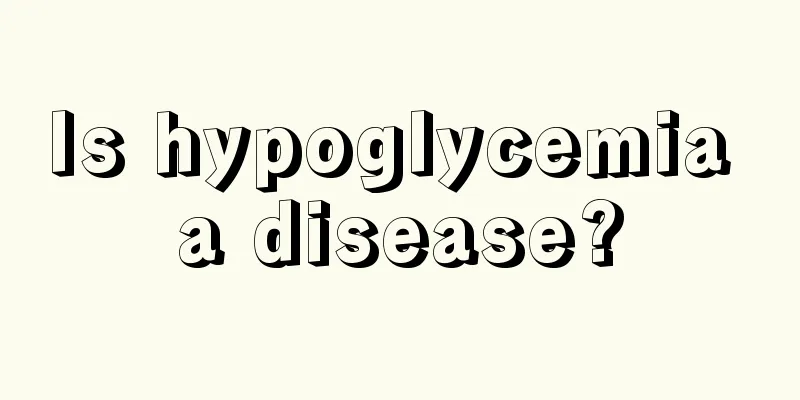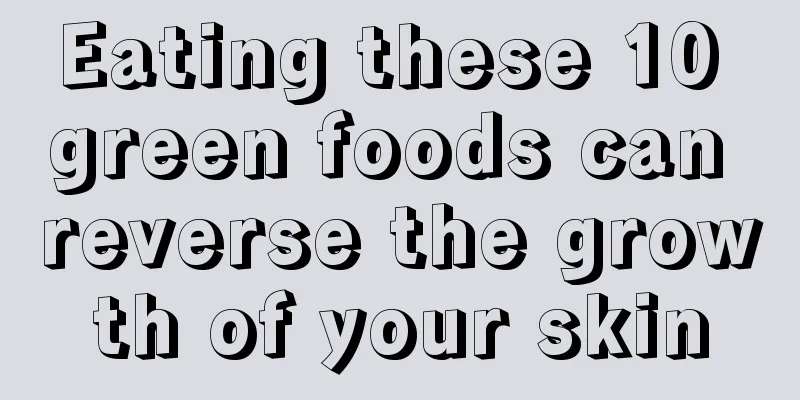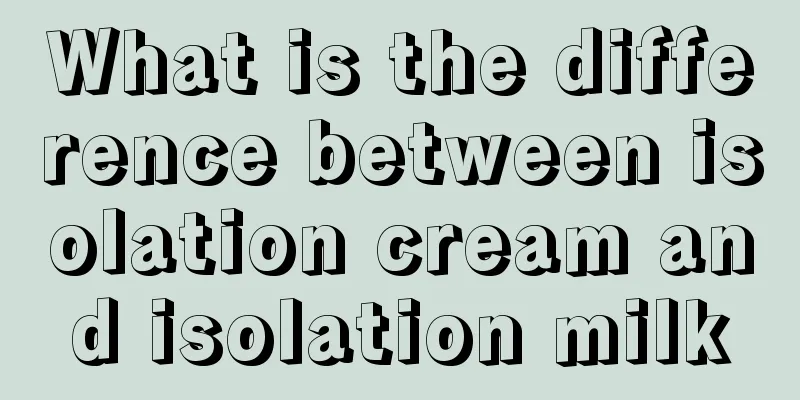Is hypoglycemia a disease?

|
Low blood sugar levels are below 2.8 mmol/l. There are many causes of hypoglycemia, including physiological reasons and organic diseases. In daily life, medications and excessive secretion of endogenous insulin may cause hypoglycemia. In addition, some tumors and some post-meal reactive reasons may also cause hypoglycemia. What is hypoglycemia Hypoglycemia refers to a fasting blood glucose concentration in an adult below 2.8mmol/L. Hypoglycemia can be diagnosed in diabetic patients when their blood glucose level is ≤3.9 mmol/L. Hypoglycemia is a syndrome caused by a variety of factors, characterized by low venous plasma glucose (blood sugar) concentration, and clinically by sympathetic nerve excitement and brain cell hypoxia. Symptoms of hypoglycemia usually include sweating, hunger, palpitations, tremors, pale complexion, etc. In severe cases, patients may also experience inattention, restlessness, irritability, and even coma. Causes Clinically, repeated occurrence of fasting hypoglycemia indicates an organic disease; reactive hypoglycemia caused by meals is more common in functional diseases. 1. Fasting hypoglycemia (1) Excessive secretion of endogenous insulin: Common causes include insulinoma, autoimmune hypoglycemia, etc. (2) Drug-related: such as injection of insulin, sulfonylurea hypoglycemic drugs, salicylic acid, drinking alcohol, etc. (3) Serious diseases: such as liver failure, heart failure, kidney failure, malnutrition, etc. (4) Insulin antagonist hormone deficiency: such as glucagon, growth hormone, cortisol, etc. (5) Extrapancreatic tumors. 2. Postprandial (reactive) hypoglycemia (1) Congenital deficiency of carbohydrate metabolizing enzymes: such as hereditary fructose intolerance. (2) Idiopathic reactive hypoglycemia. (3) Trophic hypoglycemia (including dumping syndrome). (4) Functional hypoglycemia. (5) Postprandial hypoglycemia in the early stages of type 2 diabetes.Clinical manifestations Hypoglycemia occurs in episodes, and the duration and frequency vary depending on the cause, and the symptoms are ever-changing. The clinical manifestations can be summarized into the following two aspects. 1. Manifestations of overexcitement of the autonomic (sympathetic) nerves When hypoglycemia occurs, the sympathetic nerves and adrenal medulla release adrenaline, norepinephrine, etc., and the clinical manifestations are sweating, hunger, palpitations, tremors, pale complexion, etc. 2. The manifestations of brain dysfunction are a series of manifestations of dysfunction when the brain lacks an adequate supply of glucose. The initial symptoms include inattention, slow thinking and speech, dizziness, drowsiness, restlessness, irritability, strange behavior, etc. In severe cases, convulsions, coma and even death may occur. |
<<: Can steamed black fungus with red dates remove freckles?
Recommend
How to dye your hair evenly
I believe everyone knows the truth that doing it ...
What to do if your eye bags are swollen
Many female friends, especially young women, pay ...
What are the dangers of removing night hair?
Summer is the season for suspender skirts. In thi...
Tips for women to beautify their skin and fight against aging
When women reach 30, they all have a sense of cri...
What should I do if my double eyelids become inflamed after surgery?
What is the standard for a beautiful woman? First...
Honey Milk Mask
Honey contains high protein, and long-term consum...
What to do if your skin is rough
For many women who love beauty, skin is very impo...
Does eyebrow tattooing hurt?
Eyebrow tattooing is a cosmetic surgical procedur...
How to remove blackheads by applying Vaseline
Blackhead is the abbreviation of blackhead comedo...
What are the methods to remove facial wrinkles?
As we age or are affected by the external environ...
How to eat white tuckahoe to remove freckles
Guangdong people like to put white Poria cocos wh...
What are the precautions before canthoplasty?
Nowadays, the so-called canthoplasty or various m...
Will expanded polytetrafluoroethylene rhinoplasty make you shorter?
More and more young men and women are going to pl...
Is it okay to wash your face with pure milk?
Everyone knows that milk has many benefits. It ca...
The recovery of double eyelids is different on both sides
There will be a recovery period after double eyel...









